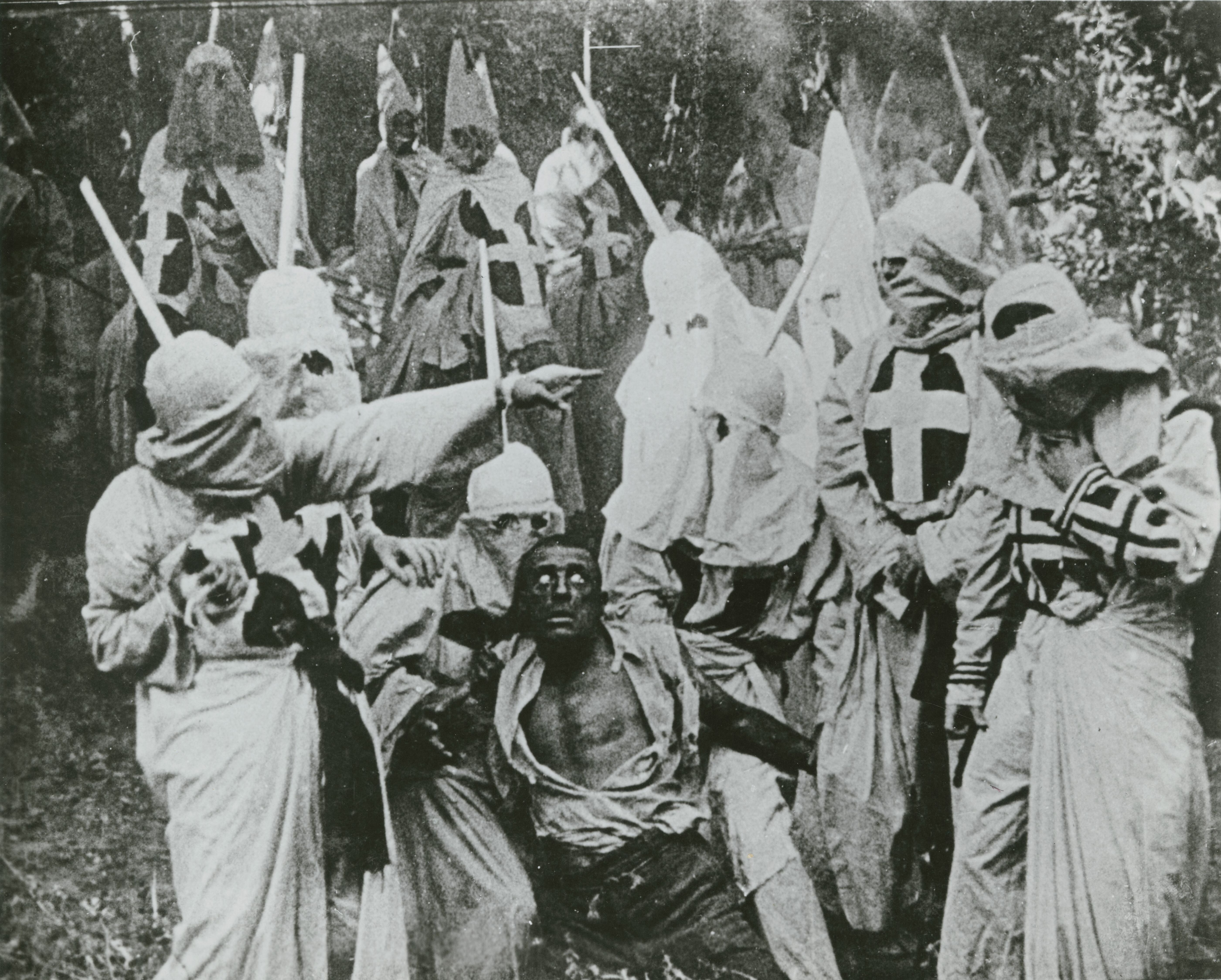

My first take on this movie upon seeing it a few years ago was that it was not at all impressive. However, one must learn to shed the contemporary Hollywood perspective and its resulting expectations when watching this film. In fact, it is the film’s divorce from Hollywood in general that makes it so unique—and that much more admirable. It is best described as an experience offered to the public from the heart of Sherman Alexie.
The film’s deviation from typical Hollywood portrayals is perhaps best showcased by the portrayal of poet Seymour Polatkin’s homosexuality. Most Hollywood films that directly address homosexuality address it in a highly negative manner. As Anneke Smelik addresses in her article on Gay and Lesbian criticism, “ …homosexual characters have been taunted, ridiculed, silenced, pathologized, and more often than not killed off in the last reel.”[OG, 135].
While Seymour is portrayed as openly homosexual (that is, without the need for any sub texts or established audiovisual stereotypes that have come to characterize portrayals of gays and lesbians), it is not what drives this movie. In fact, one could go so far as to observing how oblivious and tolerant other people are to Seymour’s homosexuality. In fact, when Seymour tells his grandmother that he is gay, her first (and unexpectedly comical) response is her question about what gay men do in bed. Alexie seeks to portray a “new and realistic” social portrayal of the homosexual within Seymour—one who is homosexual, does not walk or talk in a peculiar way, and is a successful poet. In doing so, Alexie seeks to take the audience away from the story of his homosexuality, and focus on Seymour’s past on the reservation. In fact, when Seymour returns in the wake of Mouse’s death, he is unwelcome not because of his sexuality, but because of other factors contributing to his initial desertion of the tribe and more importantly, his motive for writing “whitewashed” Indian themed poems and selling them in the mainstream.
It is crucially important for those viewing the film to see it as a poetic reflection on the struggles of cultural assimilation faced by American Indians. It attempts to bring you a very realistic story with some personal touches of Alexie’s past. It is not a social commentary, nor is it a necessarily negative or positive portrayal of homosexuality (most synopses of the film do not even mention homosexuality), it is a tolerant portrayal of homosexuality in our world of stereotypes. If one can take this film as a story of American Indians and their struggles to adapt in our contemporary and judgmental world, it is a work of art characteristic of none other than Sherman Alexie.


 The 2007 film Brick Lane is a an excellent piece of film describing the life of a young Bangladeshi woman named Nazneem as she searches for her place in a world full of conflict. More importantly, Brick Lane represents a text that is important to the ongoing dialogue of feminism and film. One of the most important ideas to consider when evaluating film is 'reflection theory', the idea that a filmic text "reflects" how society treats women. This is usually utilized in the criticism of the female stereotype in mainstream media, pornography, advertising and of course, filmic text. Applying this to Brick Lane we get something interesting. Instead of a stereotypically flat central character, we get a well established and emotionally broad woman. While many films portrayals of women involve the use of women as objects to rescued or won over by male protagonists, Brick Lane builds it's story and it's "view" on the life of young Nazneem. Male figures in her story are also full of emotional depth. Here middle aged husband Chanu is a conflicted character, struggling to cope with his position at his job, negative feelings towards Bangaladeshis in London that he feels the repercussions of, his daughter's desires to assimilate into British society, and his own self consciousness about Nazneem's relationship with her sister. Outside of the context of feminist film, Brick Lane can be considered an excellent portrayal of a families struggle together, because Brick Lane doesn't just assign emotional importance to the lead character, it builds the characters as individuals and allows them to interplay to fulfill the plot. In a feminist perspective however, Brick Lane represents a very progressive text, portraying a realistic picture of a period of one woman's life and the events that take place in it with an almost documentary like sense of realism. Instead of using the female lead an image, it uses her as as a deep character with complex emotions and problems. We could possibly attribute this excellent perspective of a female character to the female directorship of Sarah Gavron.
The 2007 film Brick Lane is a an excellent piece of film describing the life of a young Bangladeshi woman named Nazneem as she searches for her place in a world full of conflict. More importantly, Brick Lane represents a text that is important to the ongoing dialogue of feminism and film. One of the most important ideas to consider when evaluating film is 'reflection theory', the idea that a filmic text "reflects" how society treats women. This is usually utilized in the criticism of the female stereotype in mainstream media, pornography, advertising and of course, filmic text. Applying this to Brick Lane we get something interesting. Instead of a stereotypically flat central character, we get a well established and emotionally broad woman. While many films portrayals of women involve the use of women as objects to rescued or won over by male protagonists, Brick Lane builds it's story and it's "view" on the life of young Nazneem. Male figures in her story are also full of emotional depth. Here middle aged husband Chanu is a conflicted character, struggling to cope with his position at his job, negative feelings towards Bangaladeshis in London that he feels the repercussions of, his daughter's desires to assimilate into British society, and his own self consciousness about Nazneem's relationship with her sister. Outside of the context of feminist film, Brick Lane can be considered an excellent portrayal of a families struggle together, because Brick Lane doesn't just assign emotional importance to the lead character, it builds the characters as individuals and allows them to interplay to fulfill the plot. In a feminist perspective however, Brick Lane represents a very progressive text, portraying a realistic picture of a period of one woman's life and the events that take place in it with an almost documentary like sense of realism. Instead of using the female lead an image, it uses her as as a deep character with complex emotions and problems. We could possibly attribute this excellent perspective of a female character to the female directorship of Sarah Gavron.









